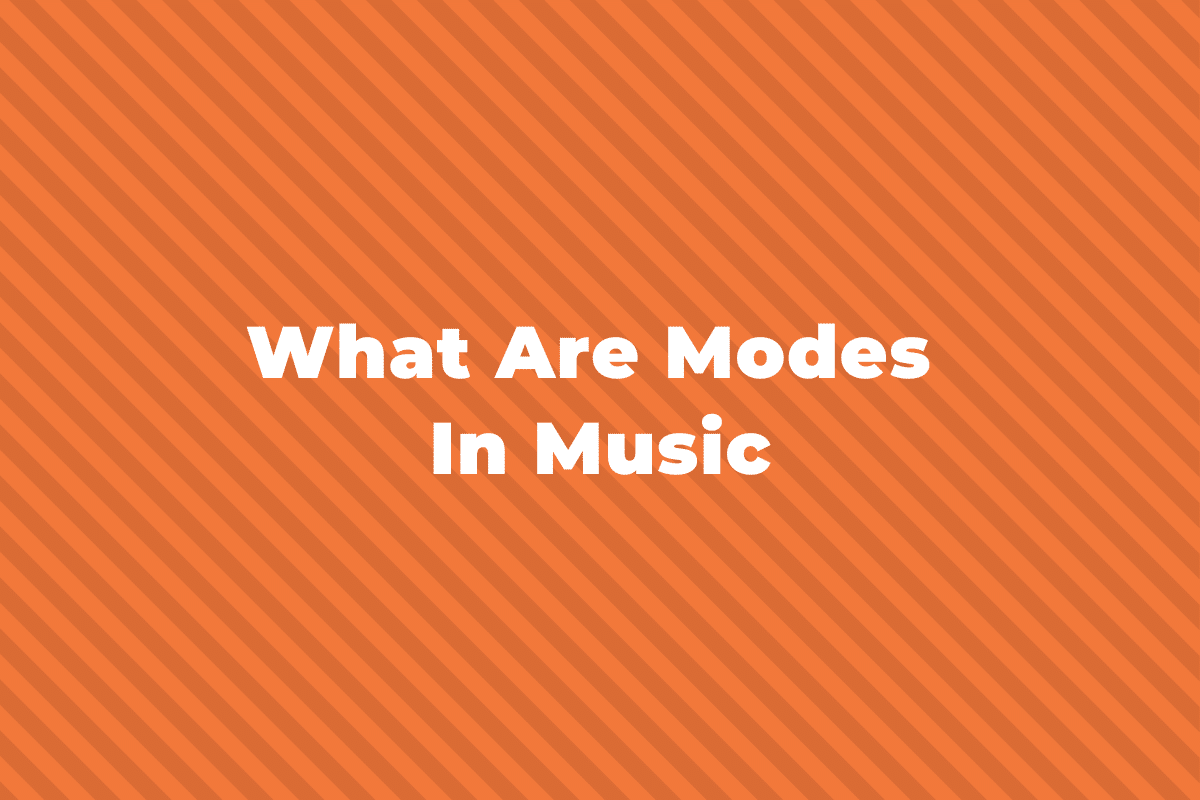In music, a canon is a technique where a melody is imitated and repeated by voices or instruments in succession. Think of it as a musical “copy and paste”: one part plays a melody and then another starts playing the same melody after a short delay, creating a layered effect.
Canons vary in complexity. There are simple rounds, then there are intricate compositions. But they are all beautiful for their rhythmic and melodic interplay.
Here, we’ve collected 10 examples of famous canons in music. Have fun reading!
1. “Three Blind Mice”
The popular English nursery rhyme “Three Blind Mice” was first published in 1609. Historians believe the “farmer’s wife” in the lyrics refers to Queen Mary I, also known as “Bloody Mary.” It became part of children’s literature in 1842.
As a canon, “Three Blind Mice” demonstrates musical imitation. When sung, singers are divided into groups. As one group begins singing, another follows a short while later, echoing the melody.
What you get is a delightful overlapping effect. The canon form adds an element of playfulness and charm to this beloved nursery rhyme.
2. Canon in D By Johann Pachelbel
Our next canon is one of the most famous in music. Canon in D was created by the German Baroque composer Johann Pachelbel.
Pachelbel’s Canon is famous for its serene melody and simple, captivating bass line. Its remarkable structure features a repeating bass pattern called a ground bass, or basso continuo.
The instruments enter one by one. The layering effect leads to a cascade of sound, with each one building upon the preceding instruments.
3. “Frère Jacques”
The beloved French nursery rhyme “Frère Jacques” is a prime example of a canon. This musical composition features multiple voices singing the same melody but starting at different times, adding richness to the melody.
The song is about a friar named Jacques who oversleeps and fails to ring the bells for matins, a Christian service held during the early morning hours. Due to its simple and repeating lyrics and playful melody, this song lends itself perfectly to a canon format.
4. “Row, Row, Row Your Boat”
Now we go to “Row, Row, Row Your Boat,” a beloved children’s nursery rhyme and a perfect example of a canon. It comes from American folklore and is often sung as a round (called perpetual canon), where each voice begins the same melody at different times.
This creates an overlapping effect, with one voice starting as another finishes, leading to a continuous, harmonious flow of music. Singing it as a round adds depth and encourages participation, as the repetitive lyrics make it easy for anyone to join in and keep the rhythm and melody.
5. Symphony No. 9 In D Minor, Op. 125 (IV: “Fugato”) By Ludwig Van Beethoven
The final symphony of Ludwig van Beethoven, Symphony no. 9, was composed between 1822 and 1824. It consists of four movements, with the fourth commonly known as Ode to Joy.
This movement features two canons on the main theme and “Seid unschlungen, Millionen!” Here, the singers repeat the melody in overlapping succession. Different sections of the choir enter at staggered intervals.
The use of canon in Ode to Joy serves multiple purposes. First, it enhances a sense of unity among singers. Second, it adds complexity and texture to the music.
6. “Dona Nobis Pacem”
The traditional Latin hymn “Dona Nobis Pacem” translates to “Grant Us Peace.” There was debate over who composed it, with some saying it was Mozart.
The song’s canon format allows a seamless and continuous piece of music that builds in complexity as more voices join in. The repetition of the melody in the canon emphasizes the song’s message of peace and unity.
The canon format highlights the collective desire for peace and is a reminder of music’s power to bring people together.
7. “Sumer Is Icumen In”
Dating back to the 13th century, “Sumer Is Icumen In” is a medieval English round that celebrates the arrival of summer. This piece is known for its celebratory mood.
It consists of two sections: the opening verses and the rota, or round. The former describes the sights and sounds of summer, while the latter consists of the repeating melody sung in a canon.
As more voices join in, the melody overlaps and intertwines, creating a mesmerizing and harmonious effect.
8. “Alleluia” By Randall Thompson
Written in 1940, Randall Thompson’s “Alleluia” showcases the composer’s mastery of the canon format. The word alleluia is sung repeatedly in a canon structure, creating an uplifting effect.
The song begins with a single voice singing the word alleluia, followed by another voice a few beats later. More voices join in, with the melody being repeated in overlapping succession.
What makes “Alleluia” notable is its simplicity and elegance. Despite consisting of only one word, Thompson’s use of harmony and counterpoint lends the piece emotional resonance.
9. Fidelio, Op. 72 By Ludwig Van Beethoven
In Ludwig van Beethoven’s opera Fidelio, the use of canon occurs in the quartet from Act I, known as “Mir ist so wunderbar” (I feel so wonderful). This showcases Beethoven’s skillful use of the canon format in the operatic context.
In the quartet, the four characters express their conflicting emotions through intertwined melodies. The canon occurs when each character sings their own version of the same melody but with different lyrics and emotional nuances.
The use of canon in this piece highlights the complexity of the characters. It also adds texture and richness to the music.
10. “Deo Gratias” By Benjamin Britten
Our last example of famous canons in music is “Deo Gratias” from Benjamin Britten’s A Ceremony of Carols. This choral composition consists of 11 movements and was composed in 1942.
“Deo Gratias” is Latin for “Thanks be to God.” It is one of the most celebratory movements in the collection and features overlapping melodies sung by different voices to create a rich and harmonious texture.
Britten’s use of canon in this song shows his ability to create technically sophisticated and emotionally resonant music. “Deo Gratias” is performed during Christmas concerts and choral performances.
Summing Up Our List Of Famous Canons In Music
In wrapping up, songs that use the canon format offer a glimpse into the intricacies of musical composition. From traditional lullabies to classical masterpieces, the canon format has lent rich and harmonious musical textures.
This list is by no means exhaustive, and we are always looking forward to our audiences’ input. If you know other songs that use the canon format, let us know, and we’ll add them for you!



